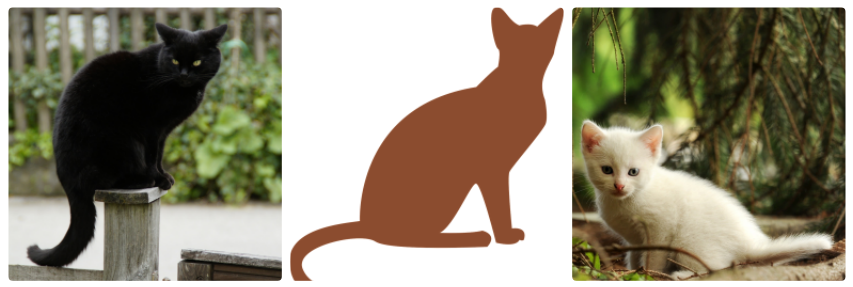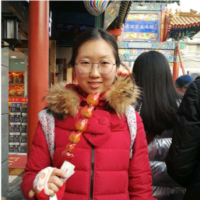Shape bias helps us categorize the world.
Shape bias refers to the tendency of children to sort similarly-shaped objects into a category and apply the same name to them. It is an assumption that children make to help them learn. In this case, it allows children to quickly learn names by linking words to objects.
Shape bias was first documented in a laboratory setting in 1988. Developmental researchers found that when a new object was shown and named to 2 and 3-year-olds, these children were more likely to apply the name to other same-shaped objects compared to objects with the same color or texture.
For a real-world example, by applying shape bias, young children learn that the word “cat” does not refer to their cat’s color pattern or fur texture, but animals/figures that share the general shape of the cat. This allows them to generalize the word “cat” to other cats and gradually understand that cats can have a wide variety of color combinations and fur textures.

After years of research, scientists now regard shape bias as an important learning mechanism that is crucial to children’s word-learning. Children are often quicker at learning and linking words with new objects using this strategy.

Jing Liu
Author
Jing is a rising junior majoring in psychology and statistics. She is interested in how children acquire their first words and categorize them into their existing network of knowledge.
1 comments on “It’s shaped like a cat, so is it a cat? Shape bias in word learning”
Comments are closed.